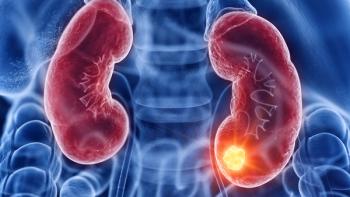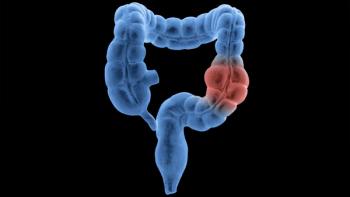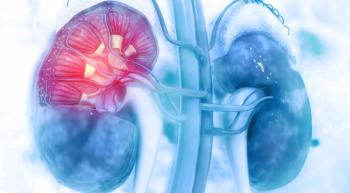
HPV Vaccine Effective in Women With Prior Exposure to the Virus
Newly reported findings from a randomized phase III vaccine efficacy trial demonstrate that HPV vaccination may offer protection against HPV-related cancers across multiple tumor sites in women aged 18-25 who had been previously exposed to the human papillomavirus, with the vaccine effective in more than half of these women.
Daniel C. Beachler, PhD
Newly reported findings from a randomized phase III vaccine efficacy trial demonstrate that HPV vaccination may offer protection against HPV-related cancers across multiple tumor sites in women aged 18-25 who had been previously exposed to the human papillomavirus, with the vaccine effective in more than half of these women.
For women in the trial without prior exposure to HPV, the vaccine conferred a substantial preventive benefit against HPV-related cervical, anal, and oral cancers, demonstrating efficacy in 84% of unexposed women. The HPV vaccine also was found to benefit 25% of women with active cervical HPV 16/18 infection at the time of vaccination, although this finding did not reach statistical significance.
“This study demonstrates that the HPV16/18 vaccine provides protection at all three sites, particularly among women without evidence of HPV exposure prior to vaccination,” said Daniel C. Beachler, PhD, a postdoctoral fellow in the NCI’s Infections and Immunoepidemiology Branch. Beachler presented this analysis from the Costa Rica Vaccine Trial at the 2015 AACR Annual Meeting.
“And, while the HPV vaccine is not therapeutic and cannot help clear current infections, we did observe that it may help protect some women previously exposed to HPV against subsequent infection at their noninfected sites,” he continued.
Beachler noted that the study results support current US guidelines recommending routine vaccination for those aged 11 to 12 and vaccination through age 26 for those not previously vaccinated. Despite these guidelines, HPV vaccine uptake remains suboptimal with only about 50% of US women younger than 18 being vaccinated, he said.
The trial, a collaboration between researchers in Costa Rica and the NCI, was conducted from June 2004 to December 2005 and enrolled 7466 women, of whom 4186 contributed samples for the three anatomic sites of interest (anal, oral, and cervical) for the analysis reported at AACR. Fifty-three percent of women were “naïve” (defined as no prior HPV exposure), 36% had prior exposure but no infection, and 11% had active cervical infection.
Participants were randomized to receive three doses of either the bivalent HPV-16/18 vaccine Cervarix or the Hepatitis A vaccine Havrix (control) over a period of 6 months. At the time of trial entry and over 4 years of follow-up, participants were monitored and screened for cervical neoplasia. Cervical samples were collected annually, and oral and anal samples were taken at year 4 of follow-up.
For all three subgroups and across all three anatomic sites, woman-level vaccine efficacy was 65% (95% CI, 55%-73%). Not surprisingly, efficacy was highest in naïve women (84% [95% CI, 72%-91%]).
Providing additional credence to the HPV vaccine’s partial protection in women whose cervical HPV 16/18 DNA was negative at baseline but who were HPV 16/18 seropositive, the vaccine proved 58% effective (95% CI, 34%-73%) across all three sites, and demonstrated even stronger efficacy against HPV 16/18 in this subgroup (91% [95% CI, 66%-99%) when analyzed for two or three anatomic sites.
HPV16/18—infected women also were significantly less likely to be HPV16/18 infected at two or more sites in the HPV vaccine arm (6 of 81 [7%]) versus controls who had the same HPV type at two or more anatomic sites (70 of 230 [30%]; P <.01).
The authors said their study marks the first to report on combined, multisite, woman-level HPV 16/18 vaccine efficacy. Beachler cautioned, however, that the study was a post hoc analysis limited to a one-time sampling of oral and anal HPV infection 4 years after vaccination, and thus, “further research and better understanding of HPV infection outside of the cervix is needed.”
If these findings are confirmed in additional studies, the researchers suggest that they could help to inform decision making regarding whether women with prior HPV 16/18 should be recommended to receive catch-up HPV vaccination.
Beachler DC, Kreimer AR, Schiffman M, etal. Efficacy of the HPV 16/18 vaccine against cervical, anal, and oral HPV infection among women with and without previous HPV 16/18 exposure. Presented at: 2015 AACR Annual Meeting; April 18-22; Philadelphia, PA. Abstract 1088.
Newsletter
Knowledge is power. Don’t miss the most recent breakthroughs in cancer care.





























































































